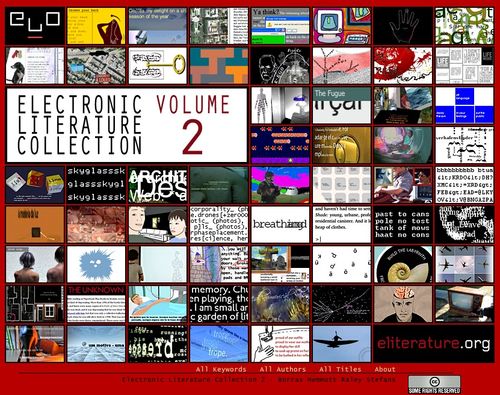 Dragnet Magazine, a new online/eBook literary journal that “trawls the sea of stories for the best fiction,” has included a short story of mine in their very first issue. The story is called Best Behaviour. It’s fiction, obviously. Given my limited knowledge on the subject, the story is a short one, weighing in at just 879 words. It’s based on an even shorter story. My behaviour is improving in tiny increments year by year.
Dragnet Magazine, a new online/eBook literary journal that “trawls the sea of stories for the best fiction,” has included a short story of mine in their very first issue. The story is called Best Behaviour. It’s fiction, obviously. Given my limited knowledge on the subject, the story is a short one, weighing in at just 879 words. It’s based on an even shorter story. My behaviour is improving in tiny increments year by year.
In 2005, the Montreal-based artist-run centre Dazibao – centre de photographies actuelles commissioned me to write the text for an exhibition called Pixelware, une sublime forgerie featuring new works of digital photography by Mathieu Bernard-Reymond, Sylvia Grace Borda, Sze Lin Pang and Penelope Umbrico. Dazibao encouraged a creative approach. Rather than produce a standard 1000-word catalogue essay, I wrote four 250-word stories, one for each artist.
In response to Penelope Umbrico’s series of photographs of images of mirrors and televisions take from mail-order catalogues, blown up to life size and hung on the wall again, I imagined a girl trapped – on display – in a catalogue-perfect living room trying not to ruin anything, scanning reflective surfaces searching for escape routes. This new story, Best Behaviour, speculates upon how the girl came to be in this room in the first place. I don’t think it’s giving too much of the story away to say that her overbearing yet massively insecure mother has a lot to do with it. Take the second paragraph, for example:
We’ve been living in a rented townhouse on the Forest Crescent for going on two years now, which is some kind of record for us. Twenty-two months we’ve baked in this avocado oven. Ninety-four weeks we’ve bathed in this goldenrod tub. Come over to this place that isn’t quite our place, and here’s the first thing my mother will tell you: “This wallpaper wasn’t our idea!” Floor-to-ceiling horns-of-plenty adorn the breakfast nook. A sandy seashell wainscot rings the bathroom. Renters can’t be choosers. We hang our pictures up wherever former tenants left nail holes.
This first issue of Dragnet Magazine contains some great stuff in it, including stories by Sheila Heti and Jacob Wren. You can read the issue on your computer, as a Website, Flipbook or eBook; on your tablet as a Flipbook or an eBook; or on your phone or eReader as an eBook. For links to all these formats, visit Dragnet Magazine online: http://dragnetmag.net/
To read Best Behaviour on the Dragnet Magazine website visit: http://dragnetmag.net/?q=content/j-r-carpenter-best-behaviour
